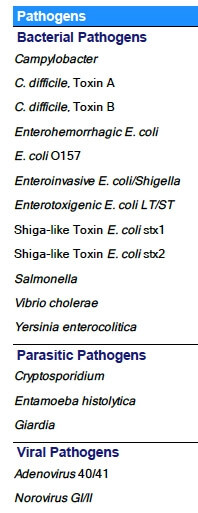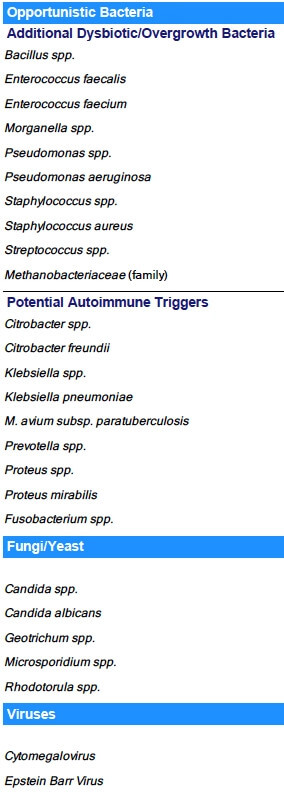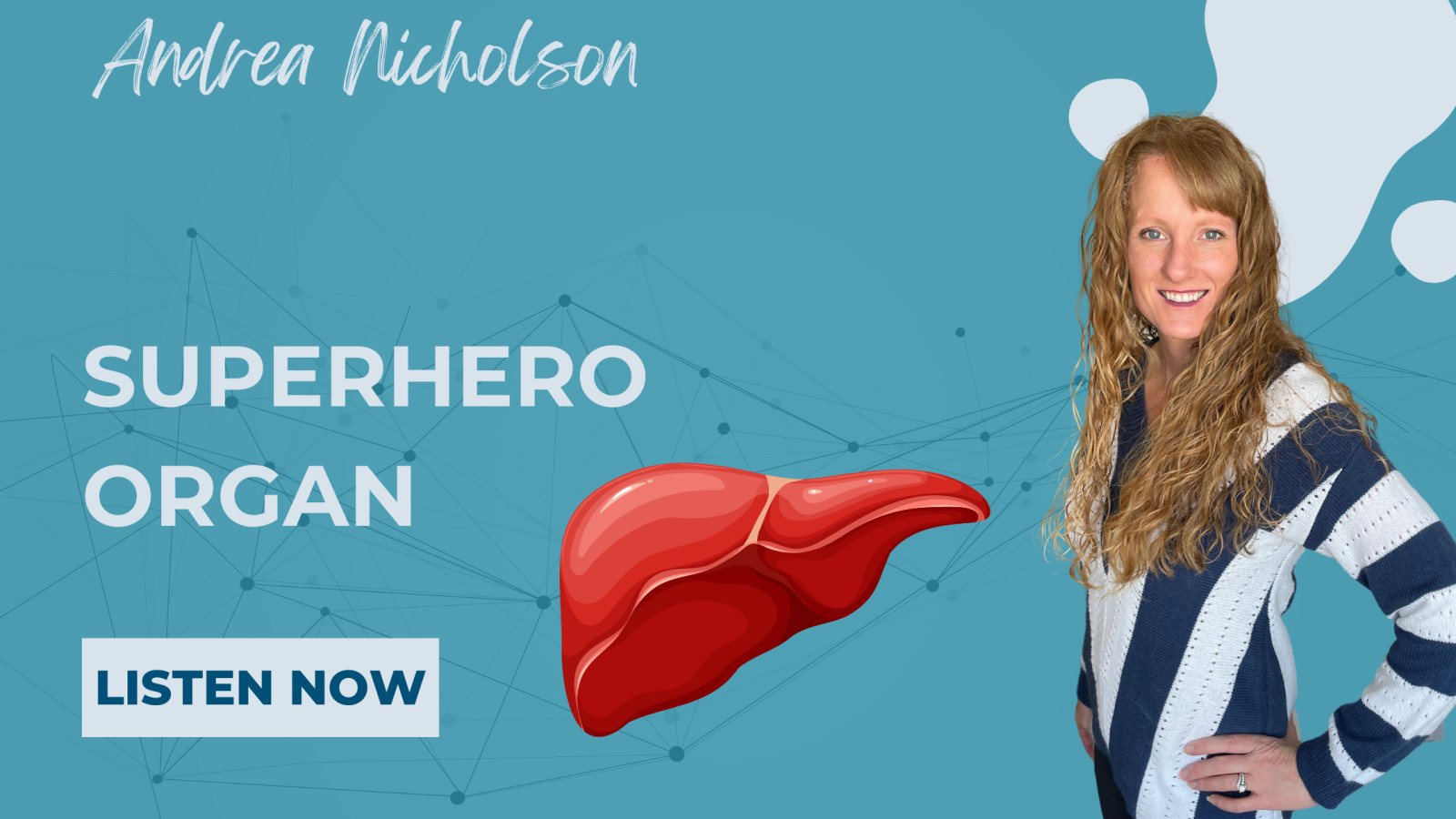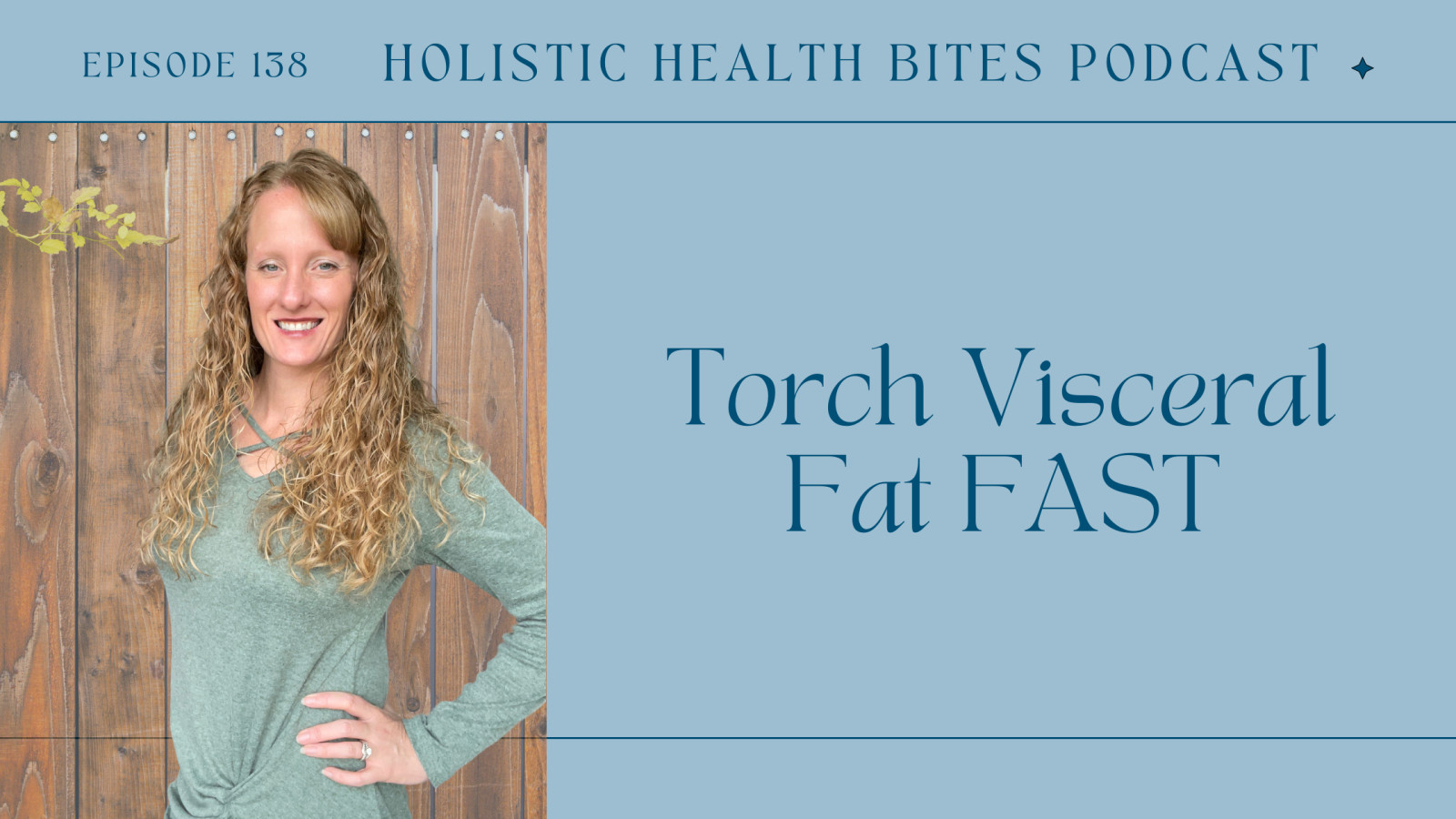
Stool Testing
Today we’re talking all about poop. Not the most comfortable topic, but a very important one!
Most people never really give a second thought to their bathroom habits, but this is an important marker for health and part of the most important healing priority – digestion.
Digestive complaints are very common, so much so that most people are so used to feeling unwell that they don’t even realize it! But, digestive health is SO much more than whether or not you have diarrhea, constipation, bloating, gas, or gastrointestinal pain. Digestive dysfunction can cause headaches, joint pain, fatigue, hormone imbalances, mood swings, depression, anxiety, nutrient deficiencies, skin conditions, unexplained weight gain or loss, an inability to lose weight, brain fog, insomnia, inability to concentrate or focus, and so much more. Why do a stool test?
It is impossible to have optimal health and wellness if you aren’t digesting and absorbing nutrients properly!
I recently did a stool test myself and the results were mind-blowing! I don’t really have any chronic symptoms, and yet my digestive system has some pretty serious issues that need to be resolved before they become chronic issues!
Before I go over what my results were, let’s talk about what stool testing looks for. There are several different stool tests available that all highlight different things. Some are more reliable than others. Some provide more useful information than others. My favorite test is the GI-MAP test by Diagnostic Solutions. I like this test for several reasons. One, it only requires one sample. Some tests on the market require multiple collections, which means you’re storing your poop in your freezer for several days while you collect subsequent samples. This can also be challenging if you suffer from constipation or infrequent bowel movements. I also like the microbial profile detected on this panel – bacteria, parasites, viruses, and fungi – plus intestinal health markers that give an idea of the inflammatory condition and function of your digestive tract.
 | This first part of the report discusses the big, bad ugly microbes that often cause overt digestive symptoms like abdominal cramping, diarrhea, fever, malaise, and other undesirable digestive issues when present at high levels. These microbes can also cause lower-level chronic inflammation and disrupt proper digestive function. The lab report will indicate a quantity detected as well as a “normal” range to stay under. Optimal is <dl or less than detectible limits. They will flag any levels are above this normal range. It is important to note that these microbes can be transient, so they may show up on a lab test without causing any symptoms – so an eradication protocol may not always be necessary. |
 | H. pylori is a normal bacteria found in most of us, but when it overgrows, it can become pathogenic and very difficult to get rid of. This bacteria has been linked to stomach ulcers, chronic gastritis, and stomach cancer. The virulence factors represent the genetic potential for a particular H. pylori strain to cause disease. These virulence factors are rarely seen on testing, but are significant when present. H. pylori is a bacteria that can easily overgrow if the digestive system isn’t properly producing stomach acid or if acid-lowering medications are used. Presence of this bacteria in high quantities can further lower the acid production, lead to overgrowth of other microbes further down the intestinal tract, cause leaky gut, and interfere with proper digestion. The lab will provide a quantity of H. pylori present. Eradication protocols may or may not be necessary based on symptoms and levels. Normal bacterial flora are the good bacteria that we need! The lab will provide quantities for each microbe listed. Optimal is not too high or too low. Out of range in either direction can lead to symptoms and sub-optimal function. |
 | Opportunistic bacteria are species commonly found in the digestive tract that don’t necessarily cause harm, but can lead to disease and illness when in high quantities and in certain individuals. The lab will give quantities of each bacteria with high levels being concerning. Fungi/Yeast are commonly found in the intestinal tract, but overgrowth can lead to a whole host of symptoms and illnesses like chronic yeast infections of any kind, diarrhea, fatigue, muscle or joint pain, and microbial imbalances. Overgrowth is common in those who consume a lot of sugar/starch/carbs (also causes more cravings) and in those with low stomach acid or taking acid-lowering medications. Cytomegalovirus and Epstein Barr Virus are two common viruses that most adults have been exposed to at some point in their lives. Both viruses can go dormant in people and resurge due to stress, illness, or other unknown causes. These markers will ONLY show positive on this test if a person is in an active flare of the virus. A negative on this section of the test does not mean you’ve never been exposed to these viruses. |
 | Parasites are organisms that live and feed on the host at the expense of the host. This test includes protozoa, pathogenic parasites, and worms. For optimal health, there should be no parasites present. Intestinal health markers are not looking at microbial populations, but other chemical and immune markers that indicate how well your digestive system is working. These markers measure how well your body can emulsify and digest fats, how well your body can digest proteins and carbohydrates, how well your body eliminates toxins through the glucuronidation pathway, if you have any blood present in your stool, how well your intestinal immune system is functioning, if you have gluten antibodies (to the gliadin protein in gluten), and how high the inflammation is in your intestinal tract. |
 | And the final section covers antibiotic resistance genes found in H. pylori. This section is rarely used as most of the microbial imbalances are best treated with food, supplements, herbs, and lifestyle remedies rather than medications. If someone does need an antibiotic for their H. pylori overgrowth, this section would highlight the antibiotics that would not be effective against their strains due to antibiotic resistance. |
My Enlightening Results
Let me first start by saying I don’t have any overt digestive symptoms. If I have not eaten well, I tend toward constipation more so than loose stools, but overall, I don’t have pains, chronic symptoms or overt digestive issues. I tolerate most foods and don’t have any ongoing symptoms of any kind. I do however notice that I feel full quickly when I eat and that feeling seems to linger for longer than I think it should, even with a relatively small meal. This is actually a sign of poor digestive health!
I also lived for over 10 years as a vegetarian mostly because I didn’t feel well when I ate meat. I didn’t have the training back then to know that meant I had digestive enzyme deficiency and low stomach acid. Low protein diets and those that don’t digest much animal proteins contribute to low stomach acid production, only making the problem worse.
So, why would I do a stool test? Two main reasons –
1. I always try to undergo any testing I recommend for my clients to take. This way I can better understand the process and empathize with the uncomfortable process.
2. I am always seeking to learn more about my body and how I can optimize my health. Since digestion is the number one healing priority in the body, I wanted to start here to assess my status. Nothing else can be optimized if digestion isn’t functioning well.
To my surprise, I actually had quite a bit going on in my gut that isn’t optimal! I have high H. pylori (common with low stomach acid), high levels of several normal bacteria, high levels of several opportunistic bacteria, low digestive enzyme output, and low intestinal immune function. When combined, I fit the description of inflammatory dysbiosis and digestive dysfunction dysbiosis. These overgrowths of numerous bacterial strains has wiped out my intestinal immune system leaving me more prone to pathogens and food sensitivities.
My Healing Protocol
Based on these results, I am starting on a comprehensive regimen of diet, lifestyle, supplements, antibacterial herbs, probiotics, toxin binders, and gut heal & seal agents. I’ll be on this protocol for at least 12 weeks, then I’ll go off for 4 weeks and retest.
In addition to this gut health test, I also underwent a comprehensive food sensitivity test. This blood test shows how significantly my immune system reacts to 170 different foods and additives. This is an important add-on, because food sensitivities can increase intestinal inflammation and damage that can further wipe out the immune system and exacerbate the problem. Many nutritional supplements are also made from foods, so taking a large dose of a supplement that contains a food you are sensitive to could also make the problem worse! It is important to know that not all food sensitivities cause obvious symptoms. I don’t have ANY symptoms, yet many sensitivities!
In this test, I found out that I am highly sensitive to wheat (as most people are), and moderately sensitive to amaranth, apricot, butternut squash, cabbage, capsaicin, carrot, corn, egg yolk, kamut, mango, maple, mustard, olive, parsley, peach, pear, potassium nitrite, sesame, and tuna. What’s important to consider here is all foods that derive from these products are also included like olive oil and corn starch. Potassium nitrite isn’t just referring to the additive, but also what is naturally present in many foods. Many of these foods are on my usual food list!
The great news is, this test is NOT testing allergies. It’s testing immune system reactions, like the release of cytokines and histamine to various foods. I will eliminate wheat for a full 6 months and all of my moderate reaction foods until I retest the GI-MAP after the healing protocol. Food sensitivities change over time, so it won’t likely be necessary to retest for sensitivities. If my gut heals up and the microbial balance improves, it will be far less likely that any reactive foods will cause any issues.

















